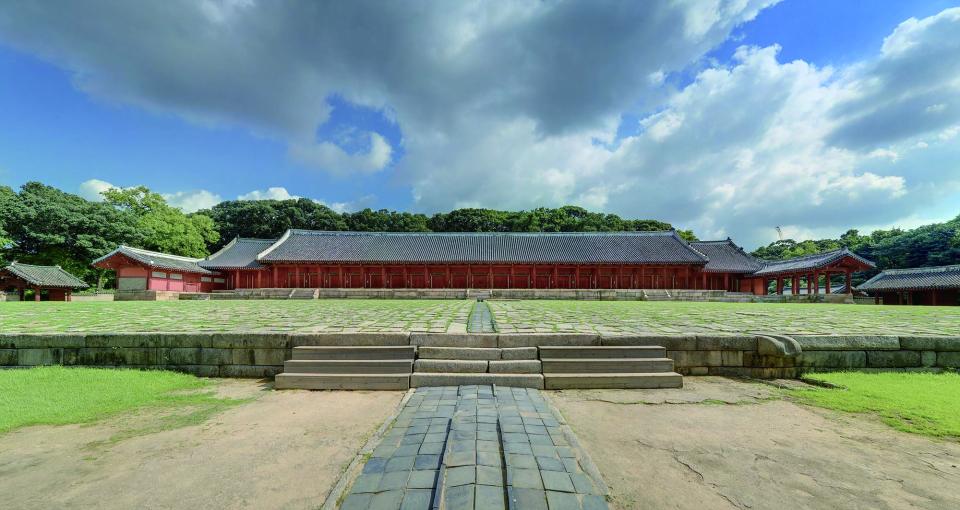
“Gwan-hon-sang-je” refers to the four most representative rituals during one’s lifetime. It includes four traditional rituals: coming-of-age, marriage, funerals, and ancestral rites. Especially “Sang,” which corresponds to funeral, is one of the most changing parts among the four ritual as Korean society changes.
The traditional Korean funeral consists of 19 steps, which is more complicated than today’s. It is influenced by the Confucian culture, which considers death as the last hurdle of one’s life. “Sang” is the ceremony for the deceased, the soul, the ancestral god, and the people left behind. The bereaved family cries with a scream, so-called wailing. By wailing, they express their sorrow and console each other. Since they believed the messenger of death takes the deceased soul to the next world, some prepared food for the messenger. The family wears white mourning clothes, unties their hair, and removes their shoes. Without having a meal, they serve food to the deceased. The dead body is dressed in a shroud, and the mouth is filled with marbles or rice. It reflects the desperate love of people left behind who cannot bear to see the dead’s mouth remain empty.
Three days after the deceased’s death, they wrap the body in hemp clothes and put it into a coffin. This step is called “Yeom.” Because of the filial hope that the deceased might return to life, “Yeom” is done on the third day. After “Yeom,” the coffin is buried, and the soul is believed to dwell in an ancestral tablet. This wooden tablet, Shinjoo, is made and kept in the ancestral shrine of the family. Shinjoo for up to four generations are kept in the family shrine, where memorial ceremonies are held. With the final ceremony held 27 months after the death, the 19 steps of “Sang” are finished.
This is only a part of the complete steps of “Sang,” excluding steps such as “stopping wailing” and “condolence call.” Complicated steps aside, the important point of “Sang” is to deliver love to the dead and overcome collective grief by transcending the deceased to the ancestral god. Wailing integrates people left behind and also enables others to know about someone’s death.
As Confucianism’s base weakened and various religions were introduced, a new form of funeral quickly replaced the traditional “Sang.” Many people pass away in hospitals, not in their homes. Hospitals provide linked services with funeral halls. Family members wear black mourning clothes, and the dead body is kept in a freezer temporarily. Cremation is more common than using a coffin to bury. Funeral lasts for three days and focuses more on receiving condolence visitors and coping with grief than on the worship of ancestral gods. It has become difficult to find the ancestral tablet, and the portrait of the deceased has taken its place. After three days and cremation, the family decides on a place for the urn. Because most family shrines disappeared with the increasing tendency of nuclear families, a new demand for these places was born.
Although the form of funerals changed rapidly with societal change, the key meaning and value have never changed. A funeral is a ceremony for both the deceased and the bereaved families. The deceased’s family shares their grief with mourners and has a chance to reflect on the deceased’s life. This enables them to make a commitment to a new beginning. It is not merely a sorrowful farewell. “Sang” and the current funeral are a noble ritual composed of respect, compassion, and reflection for universal last rites.


